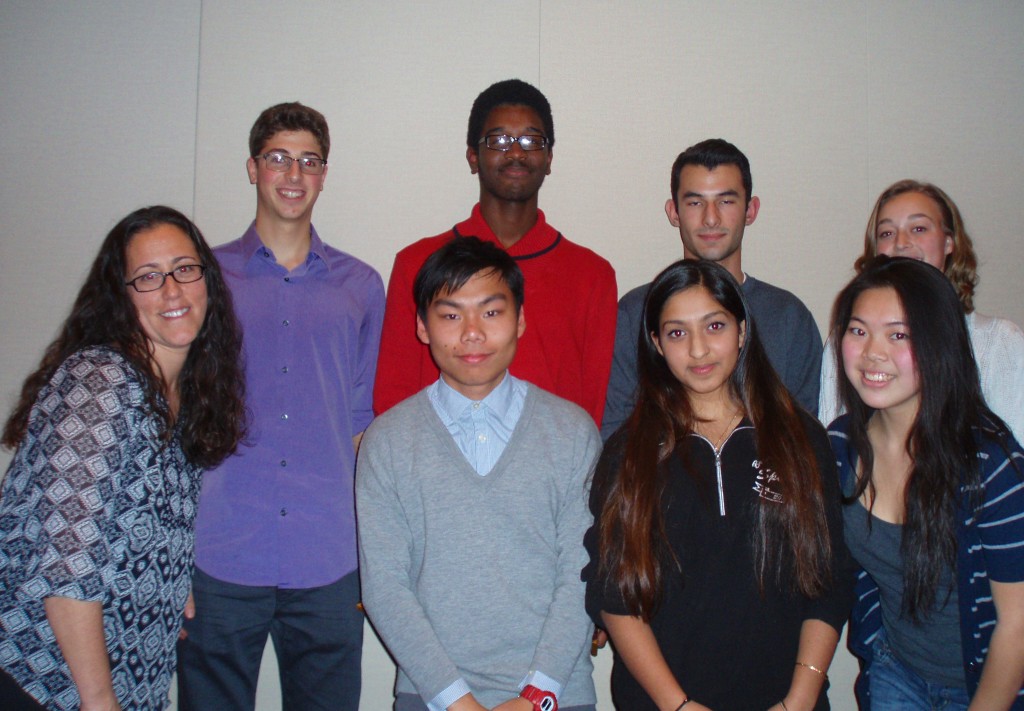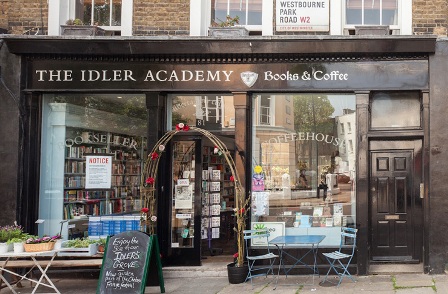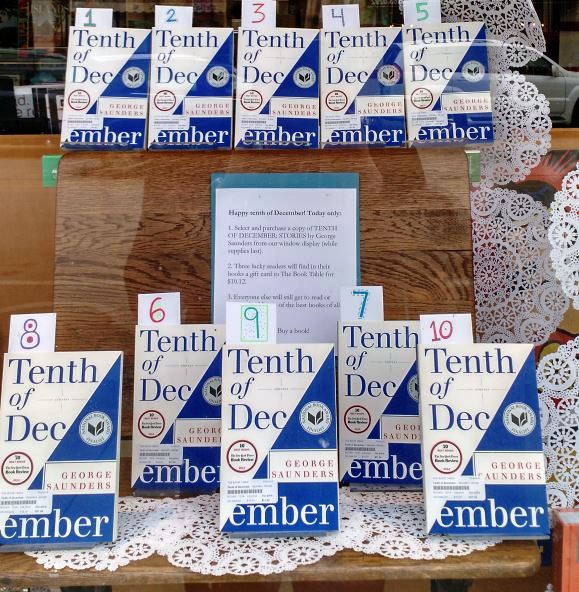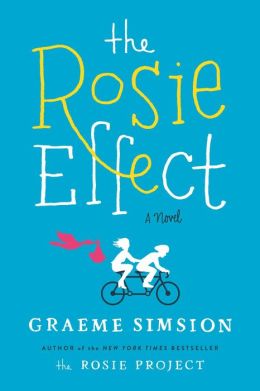At the first Nielsen Children's Book Summit, held in New York City last week, conference co-chair and founder of Bookigee Kristen McLean asked attendees to consider the changed landscape from less than a decade ago. "There were no iPods, iPads, iPhones; the challenge was indies versus chains; and we all watched TV in real time together," she said.
Themes that dominated the day were the tablet revolution; the phenomenon of co-viewing and co-gaming between parent and child; the consumer power of children (especially ages 7-12); the imperative for holistic media strategies (especially the use of book trailers, and the impact of movie releases and games); and the strength of YA properties.
 |
|
Keynote speaker Ray Junco flanked by conference organizers Jonathan Stolper, senior-v-p, Nielsen, and Kristen McLean, CEO of Bookigee.
|
Rey Junco, associate professor and a fellow at Harvard's Berkman Center for Internet and Society, debunked the myth that "young people no longer know how to interact with each other," citing research that online interactions "help build social capital." Facebook helps facilitate students' participation in offline activities, as well as richer engagement with their friends; Twitter users get better grades and are less likely to drop out. Junco believes these findings line up with Erik Erikson's work on identity development, and that Facebook assists kids in both academic and social integration.
The good news all day long for publishers: kids still prefer print books, and teens especially prefer print books. Nielsen president Jonathan Nowell showed the audience the data, stating that while the overall book industry is flat, 2013 was the best year to date for children's books, and "2014 is on track to be the best year yet," and is likely to show a 12% growth over 2013, with every category and format contributing. In-store, in-person book purchases continue to be the most common way people purchase books (62% in-store, versus 23% online, 4% via an app or directly on a device, and 12% "other").
In her recap of the data, McLean pointed out that almost 80% of children's books are still purchased in print, and that there is growth opportunity in board books, which saw a 22% increase in sales since last year. McLean also emphasized that 15% of nonfiction titles are purchased as gifts, and roughly 27% of nonfiction was purchased by adults who said they bought it for themselves.
 |
|
Smarty Pants' Stephanie Retblatt (l.) and teen panelists.
|
Stephanie Retblatt, director of Smarty Pants' qualitative research practice, gave an ethnographer's insight into the research her group had done with 10 families that include children 12 and under, using video footage and then live conversations with four families at the conference. She described the effects of the "tablet takeover," likening the iPad to a "lifestyle concierge: a personal portal to access anything and everything [children] want." These families' examples testify to the Nielsen data that 36% of children's book buying (and many other purchases, to hear these families describe it) come from the children themselves. One mother equated technology with creativity; her nine-year-old uploaded a video to YouTube of a Rainbow Loom pattern he'd created, the Quadruple Sailor's Pinstripe.
Nicole Pike, analyzing the data collected about gaming for Nielsen Games, said kids who game also read: "92% of kids and teens claim to game on a weekly basis; 68% say they read for pleasure on a weekly basis." The big change is that 89% will play free games, while only 30% play games for which they must pay. For those considering rushing out a book-based video game, Pike cautions, "It's not enough just to leverage the franchise--kids want the quality. The ones rushed out quickly are the most often returned."
Adults 18 and over purchase 79% of all YA books, Nielsen's study found. Retblatt put together a panel of seven New York City teens who shed light on their reading habits. All seven read "because they want to." Most leave their homes at 5 a.m. and return home sometimes as late as 9 p.m. They do homework on their "Notes" app on their mobile devices and read a print book during the remainder of their subway commute. All seek out bookstores as "peaceful" places where they can "discover" new books and "learn more about their friends." They're as likely to read books recommended by friends as by parents, and often read a book before they see the movie (e.g., Unbroken; The Fault in Our Stars; Hunger Games). All had a resistance to the term "young adult" books (even though they read them). Virginia thought of YA as being "for 13-year-olds." Will, on the eve of turning 18, summed it up this way: "In your upper teens, you don't want to read YA books anymore." --Jennifer M. Brown
 "I claim to love books; and, more than that, to love bookshops. Yet for eight years I have poured money into a company that many booksellers regard as the greatest threat to their survival.... It is the time of year to make resolutions. You could resolve to eat less, or jog more. Or you could join me in making a simple pledge: to buy every book you read next year from a bookshop. I don't know about you, but Amazon has had quite enough of my money already."
"I claim to love books; and, more than that, to love bookshops. Yet for eight years I have poured money into a company that many booksellers regard as the greatest threat to their survival.... It is the time of year to make resolutions. You could resolve to eat less, or jog more. Or you could join me in making a simple pledge: to buy every book you read next year from a bookshop. I don't know about you, but Amazon has had quite enough of my money already." 






 After years of many in the book industry questioning why the Justice Department e-book agency model collusion suit against Apple and five publishers didn't also look into or consider Amazon's actions and market position, at least one judge hearing Apple's appeal has made some striking comments.
After years of many in the book industry questioning why the Justice Department e-book agency model collusion suit against Apple and five publishers didn't also look into or consider Amazon's actions and market position, at least one judge hearing Apple's appeal has made some striking comments. Three-day
Three-day 

 Mark Smith, founder and former CEO of Quercus, will
Mark Smith, founder and former CEO of Quercus, will 

 "Gluten, nut, dairy, calorie and fat free." That's just one of the "
"Gluten, nut, dairy, calorie and fat free." That's just one of the " Last Wednesday, the
Last Wednesday, the  The Who, the What, and the When: 65 Artists Illustrate the Secret Sidekicks of History
The Who, the What, and the When: 65 Artists Illustrate the Secret Sidekicks of History At the end of Graeme Simsion's debut novel,
At the end of Graeme Simsion's debut novel, 